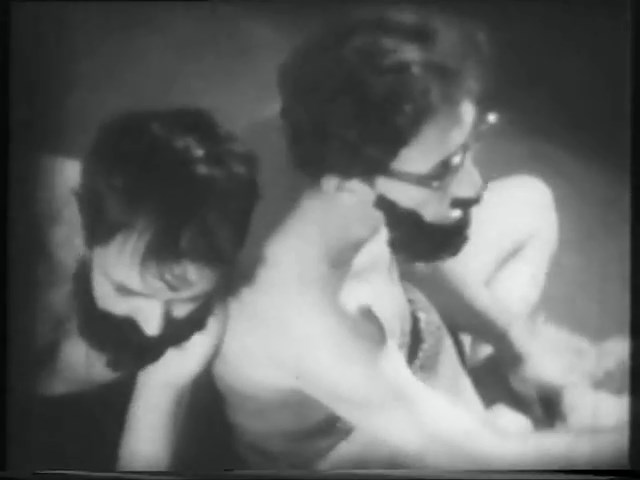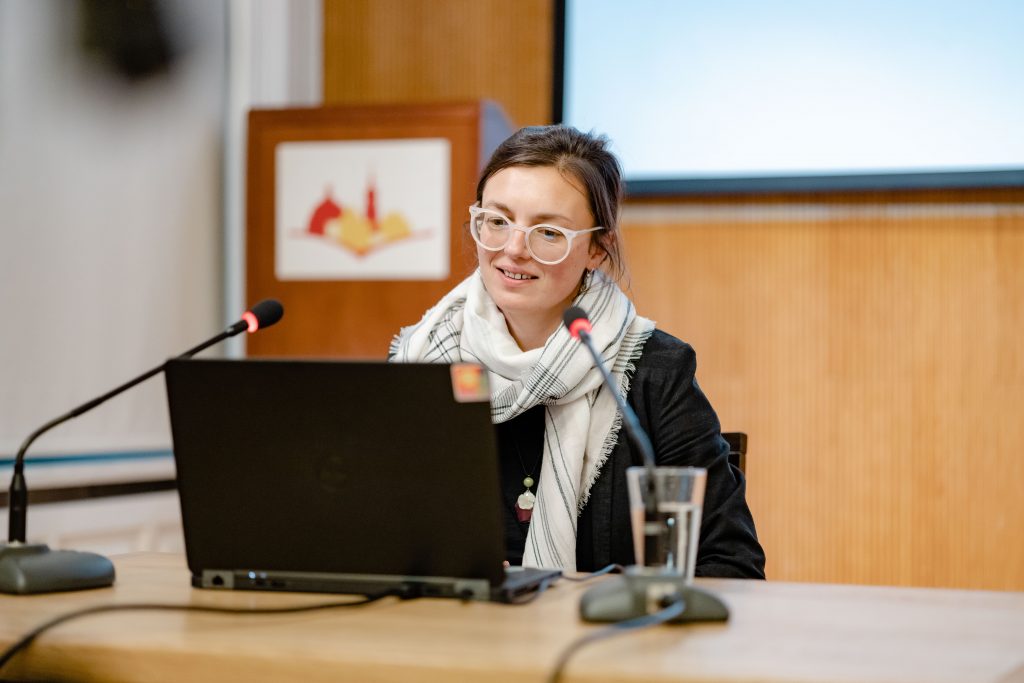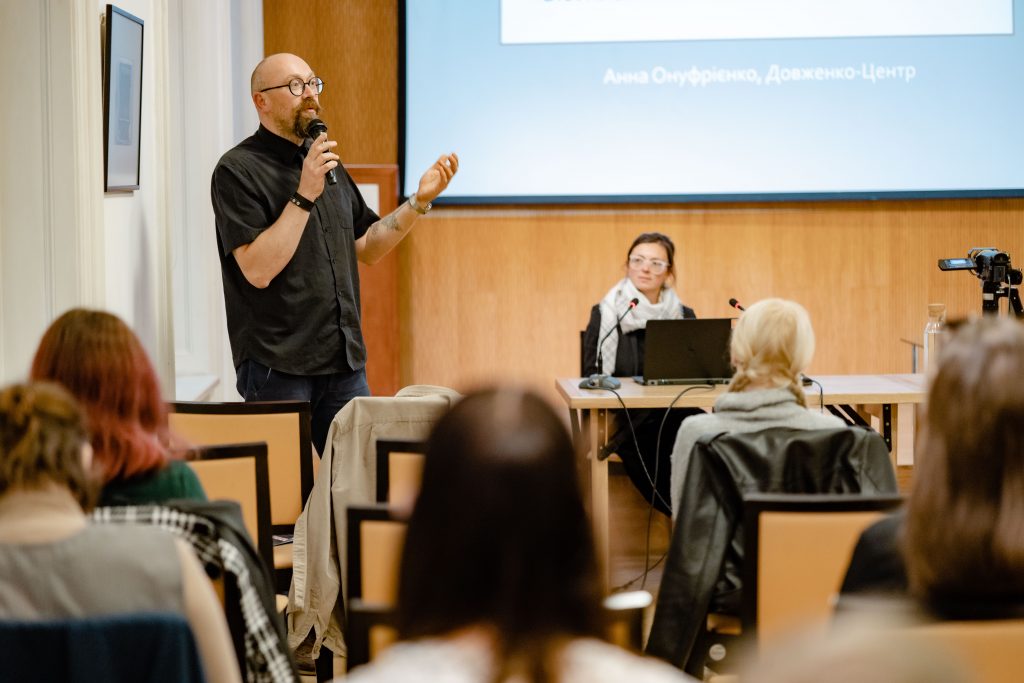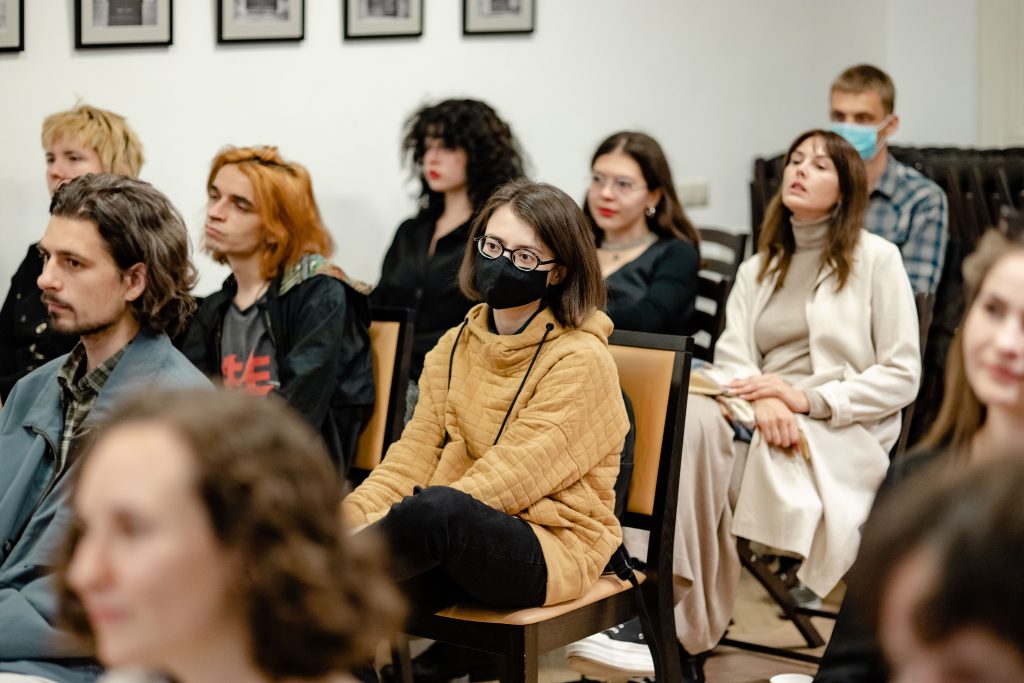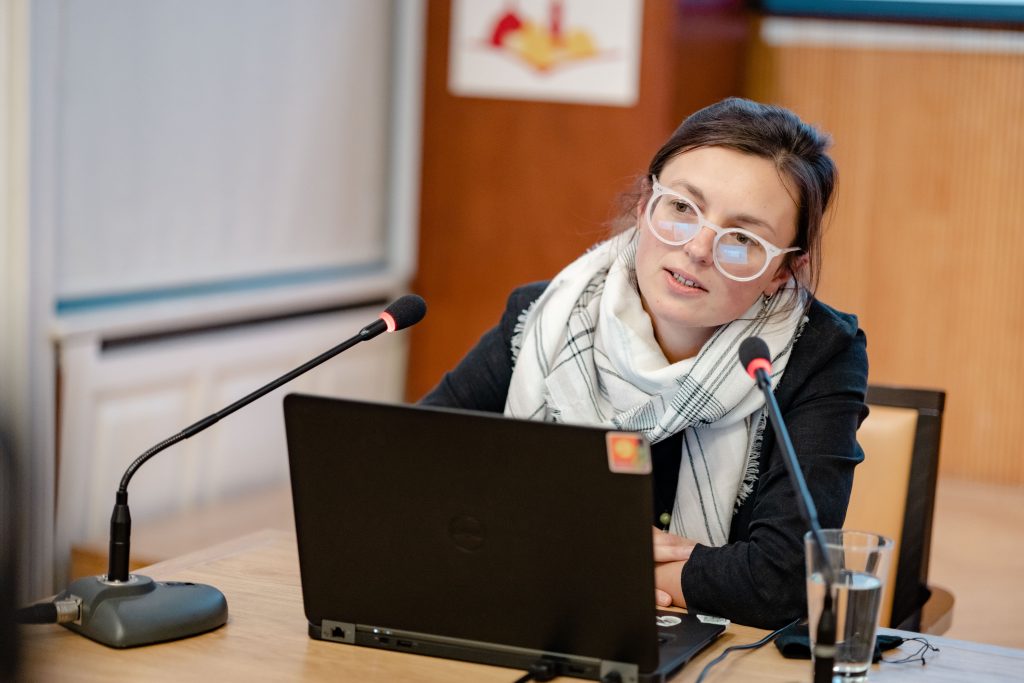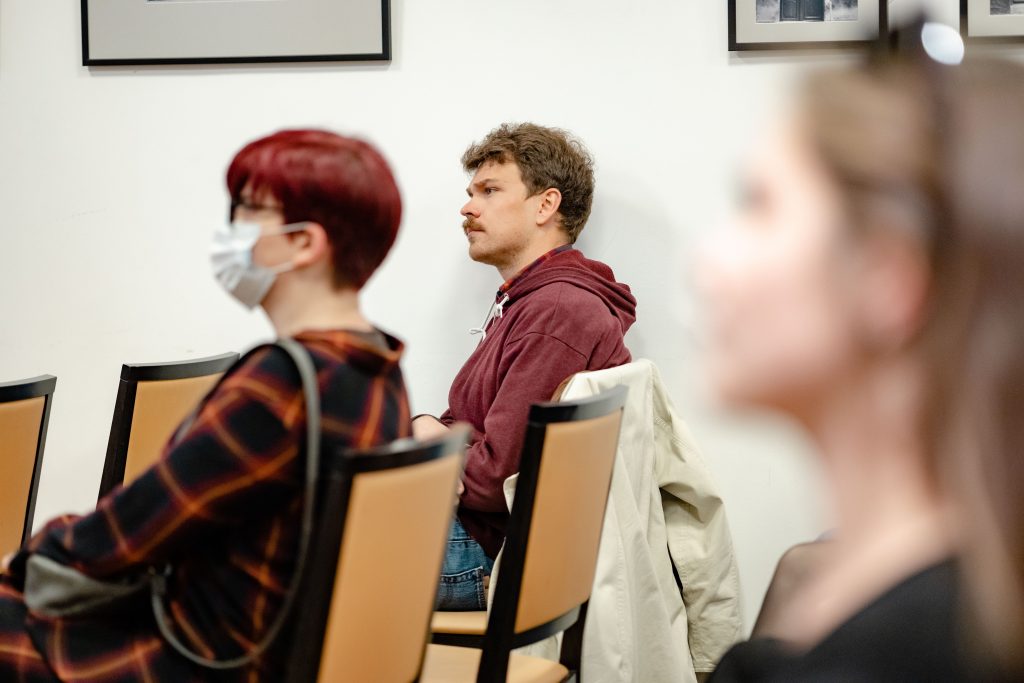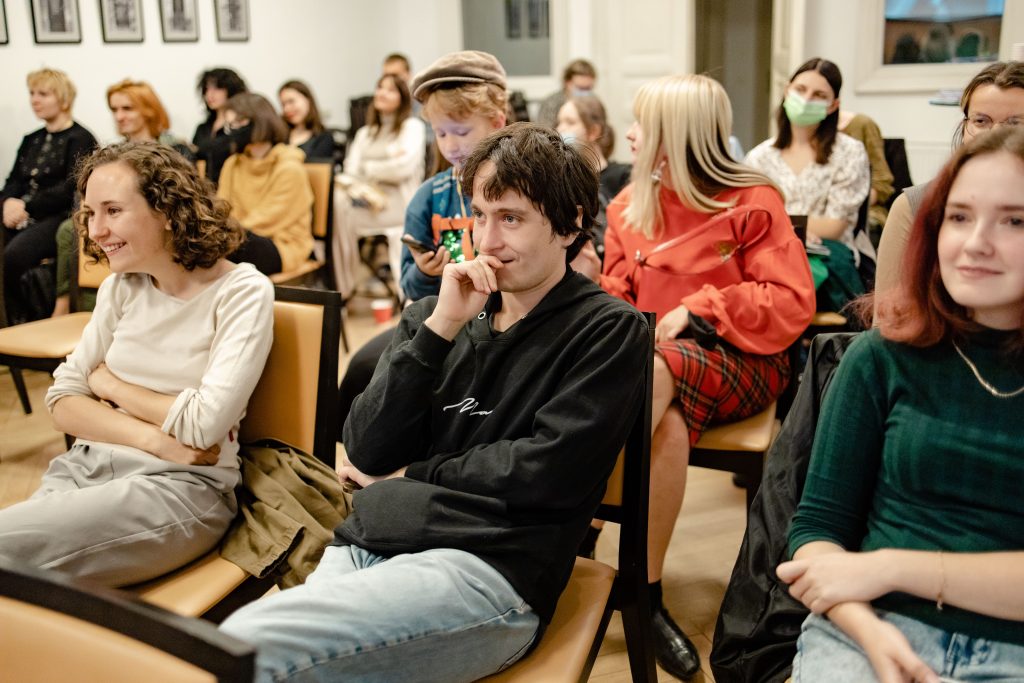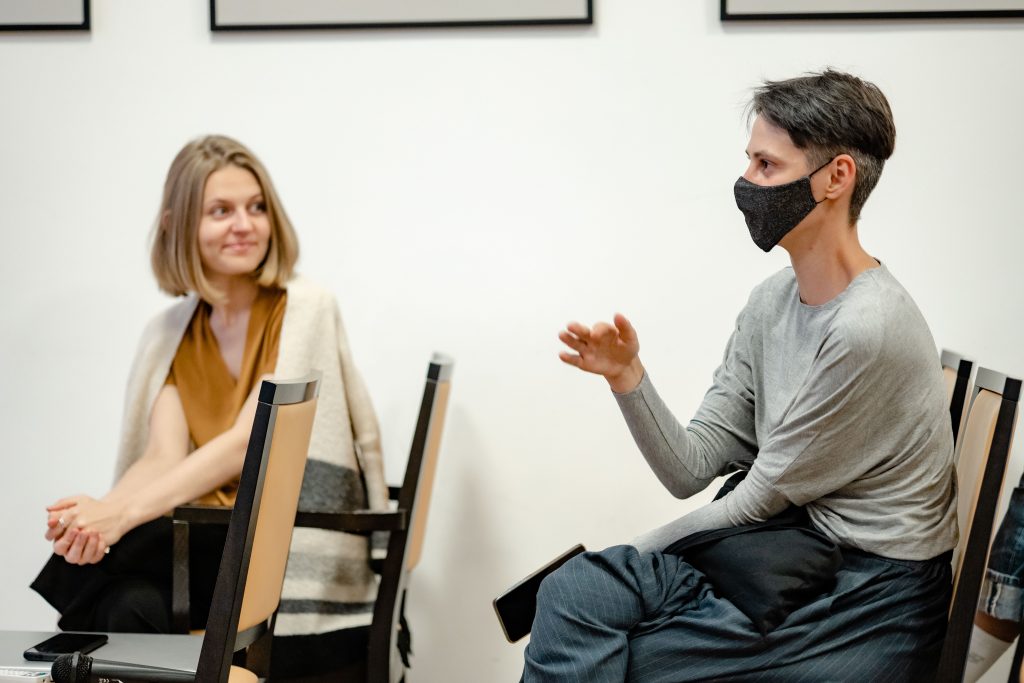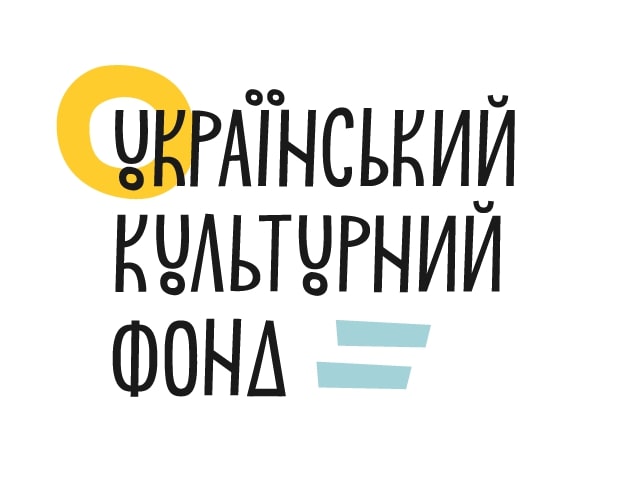Silence of Amateur Films: Visual Techniques to Build the Narrative
Anna Onufrienko
Oleksandr Dovzhenko National Center7.9.2021, 18:30
Conference Room of the Center for Urban History
Welcome to the lecture by Anna Onufrienko on "Silence of Amateur Films: Visual Techniques to Build the Narrative." It will open a public program for the "Society with a Movie Camera" exhibition.
Amateur films have long been considered as documentary sources of visual information leaving behind a small but captivating array of fiction films. The value of amateur films is often seen in capturing the areas of life and the events the official cinema could not access. That is why amateur films are usually discussed in terms of content rather than form, to explore "what" they record rather than "how" they do it. One of the reasons to that is that not all amateurs paid enough attention to the formal side of the film production process, such as reaching the post-production, editing, and creation of integral film stories. It makes it even more interesting to consider such completed authored pieces that passed all the stages, and to view them not as documentary sources but as the aesthetic pieces and attempts to produce your own film language.
New film forms would often be born as the need to overcome some technical and financial limitations. Specifically, it was a huge issue for film amateurs not to have a soundtrack option
with their Soviet amateur film cameras and cine-films. The silence of amateur films was a special challenge for the authors of amateur fiction films who were trying to build a narrative, and tell a story easy-to-understand for viewers. However, narrative making is about the social act in the first place, a "way to organize the experience to share" (David Bordwell).
There is a paradox to this situation because the amateur filmmakers of the second half of the 20th century create a narrative for the audiences growing up with sound films. Furthermore, they were the viewers of sound films themselves, and stylized their own films to imitate the contemporary genre popular films (cloak-and-dagger, comedy dramas, action thrillers a.o.). We will carefully view all the live-acting films to understand how the authors used the visual techniques to compensate for the silence of their amateur films. We will reflect about whether it is possible to resume the practices of early-pre-sound films in the end of the 20th century. We will try to see how film amateurs approach the soundless in their films, and whether the reflections about film as a medium brings them closer to the practices of Avant-Garde artists.
Working language – Ukrainian.
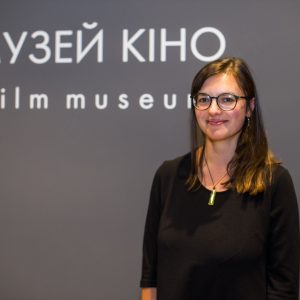
Anna Onufrienko
A film expert from the Oleksandr Dovzhenko National Center, culturologist, journalist, co-curator of exhibitions about the 1920s film and art. Co-director of films “Atomograd. Editing the Utopia,” “Intervision. Lviv,” a program coordinator of retrospect film programs.
The exhibition "Society with a Movie Camera" invites you to discover the amateur filmmaking world and aims to share the history of amateur film and to show unique, previously unseen materials. The exhibition is based on a collection of amateur films from private collections, which has been collected over the past ten years by the Urban Media Archive of the Center for Urban History.
Working hours
- Wed – Fri 12:00-19:00
- Sat – Sun 12:00-18:00
The event is realized within the project "Society with a Movie Camera: History of Visual Modes and Creation Practices in Ukraine" with the support of the Ukrainian Cultural Foundation.
Credits
Cover Image: Love and friendship in the Stone Age, 60s, the Institute of Cybernetics' workers
Gallery: Bohdan Yemets
